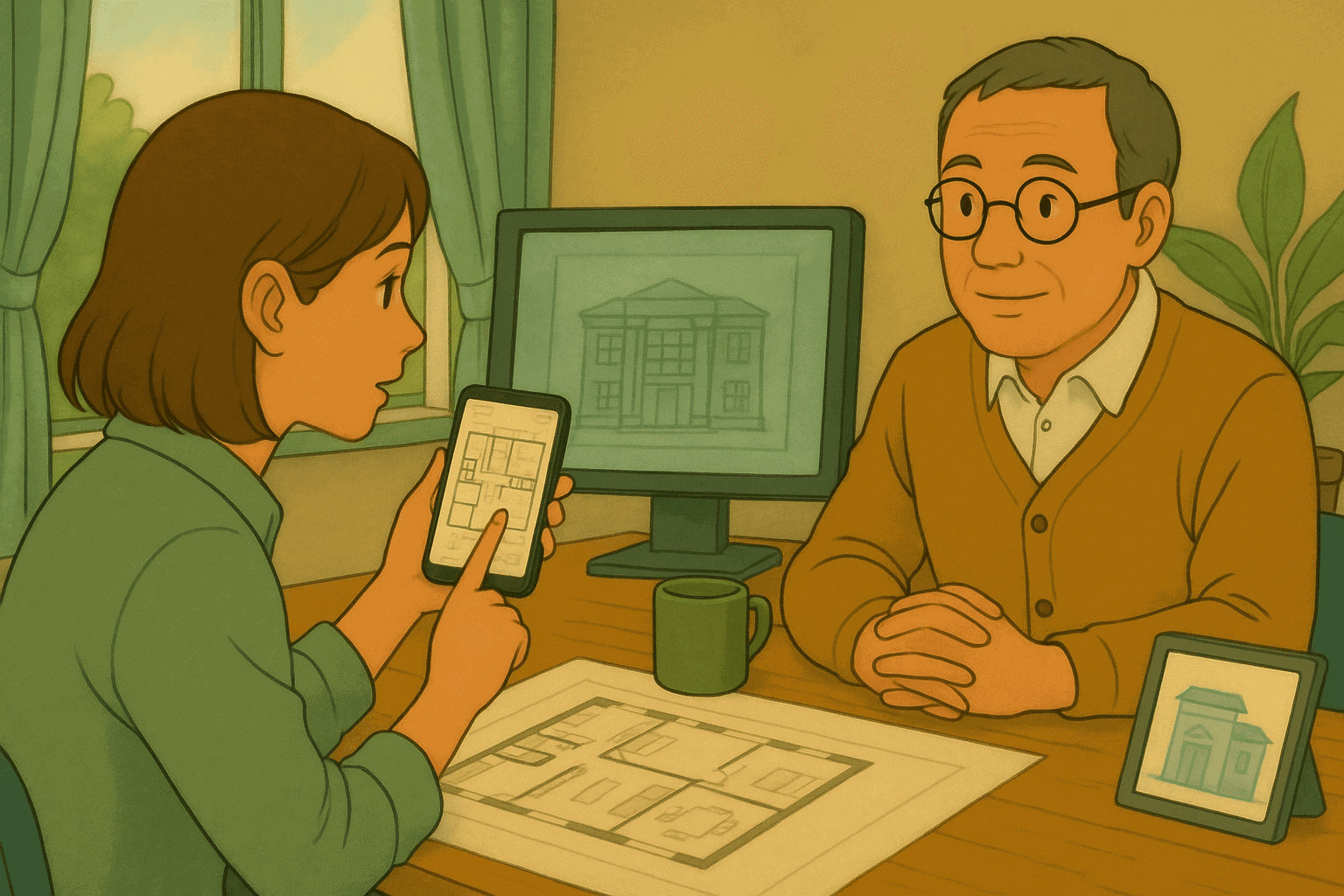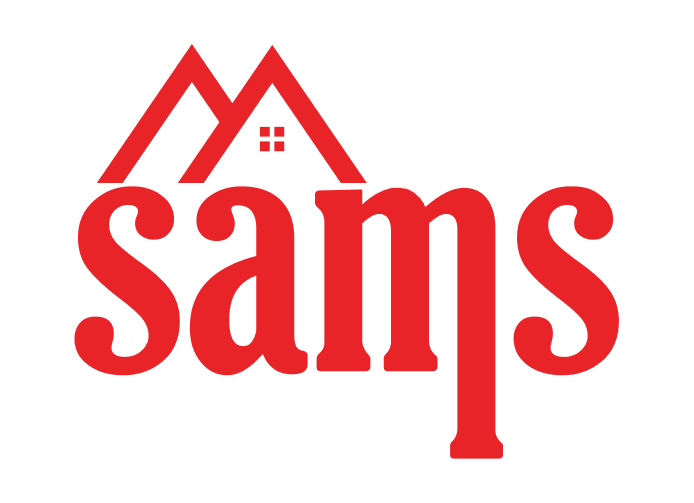How Studio Owners Can Gain More Visibility Without Micromanaging

Introduction
Running an architecture or interior design studio isn't just about creativity — it's about orchestrating people, timelines, and expectations.
Many studio owners struggle with staying informed without feeling
like they're constantly micromanaging their team.
But here's
the truth: micromanagement kills creativity and trust — while a
lack of visibility kills timelines and profitability.
So how
do you find the right balance? This blog explores how architecture
and design studio owners can gain real-time visibility into their
projects, team, and progress — without hovering over every task.
1. Understand What 'Visibility' Really Means
Visibility isn't about knowing who's working at every moment. It's about:
- Seeing what stage each project is in
- Knowing which tasks are pending or delayed
- Understanding which team member is overloaded
- Tracking client communication and payments
The goal is to get the right information at the right time, not constant updates.
2. Use the Right Tools, Not WhatsApp
Many studio owners rely on WhatsApp groups, calls, or physical site visits to stay updated. This leads to:
- Information scattered in chats
- Confusion between team members
- No project history or accountability
Instead, switch to a centralized management system (like SAMS) where:
- Tasks are assigned with deadlines
- Progress is updated in real time
- Site visit records and minutes of meeting (MoMs) are documented
- You can track time and project budgets — all in one place
3. Dashboards Over Daily Check-ins
Replace daily update calls with a live dashboard. With SAMS:
- You see who's working on what
- View real-time project health (e.g., % complete, overdue tasks)
- Get alerts if timelines or budgets are slipping
This keeps your leadership proactive, not reactive, without chasing your team for updates.
4. Build Trust Through Accountability, Not Surveillance
When team members know their work is tracked, not watched, they:
- Take more responsibility
- Deliver work on time
- Communicate problems early
This balance of visibility without control fosters a healthier work culture.
5. Save Time to Focus on Growth
When you're not buried in day-to-day project updates, you can:
- Focus on business development
- Improve client relationships
- Think strategically for your studio's future
This is where true leadership lives — not in your team's to-do list.
Conclusion
Visibility without micromanagement isn't a dream — it's a decision.
By using the right tools and systems, architecture and design
studio owners can stay fully informed, maintain control over
outcomes, and empower their teams to perform at their best.
SAMS
helps over 100 studios achieve just that — project visibility,
streamlined operations, and peace of mind, without the stress of
micromanaging.
👉 Ready to run your studio smarter, not harder? Book a free demo today.
Frequently Asked Questions (FAQs)
A: It means having access to real-time updates on projects, tasks, timelines, and team performance — without needing to ask for updates constantly.
A: Use a centralized management tool where tasks, deadlines, and progress are visible. This builds accountability and reduces the need for constant follow-ups.
A: Yes. Dashboards like those in SAMS provide live status updates, alerts, and summaries — helping you make informed decisions without interrupting your team.
A: Not if the system is easy to use and designed for their workflow. SAMS simplifies time and task logging to just a few taps, and teams often appreciate the clarity it brings.
A: Absolutely. Whether you're a 3-member firm or a 30-person team, SAMS scales with you — offering clarity and control at every stage.

Client Communication in Design Projects: Why Structured Tools Win Over WhatsApp
How Time Tracking Can Help Architects Understand Project Profitability

Creating Accountability in Architecture Teams: Systems That Actually Work
© 2022-2025 | SAMS | All Rights Reserved

